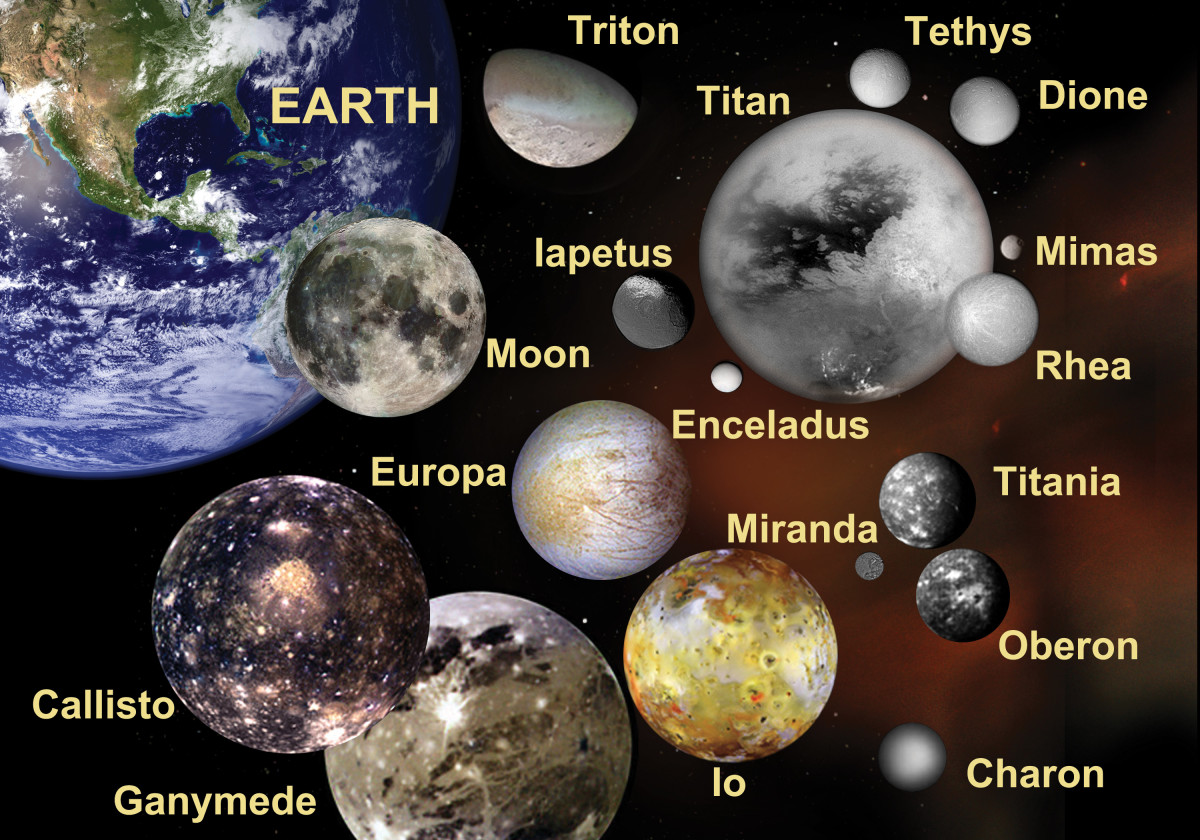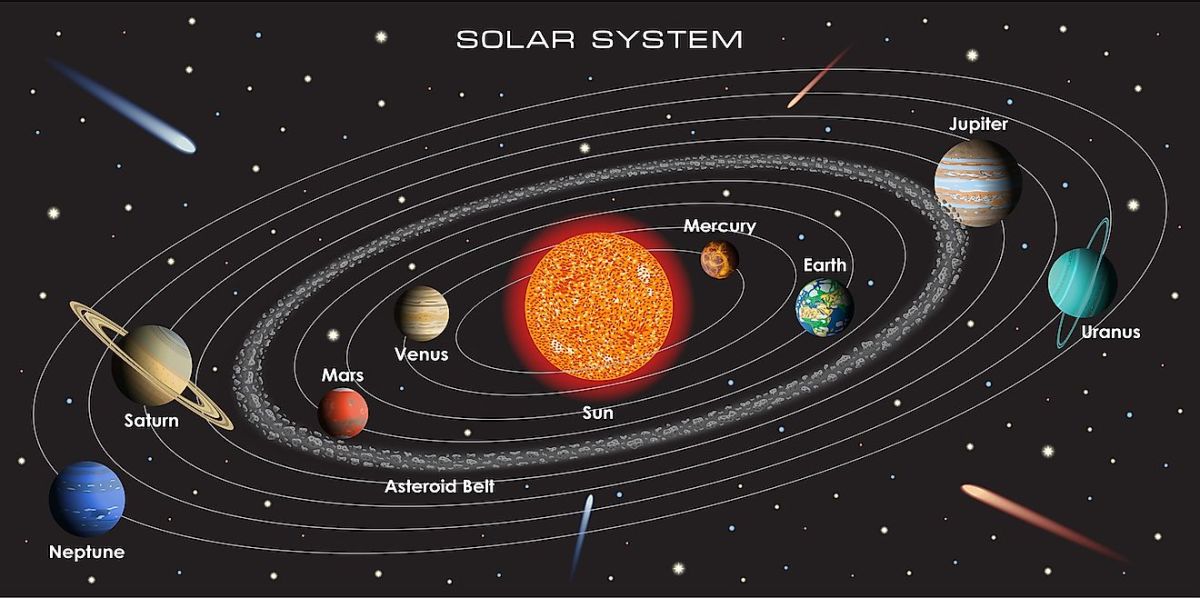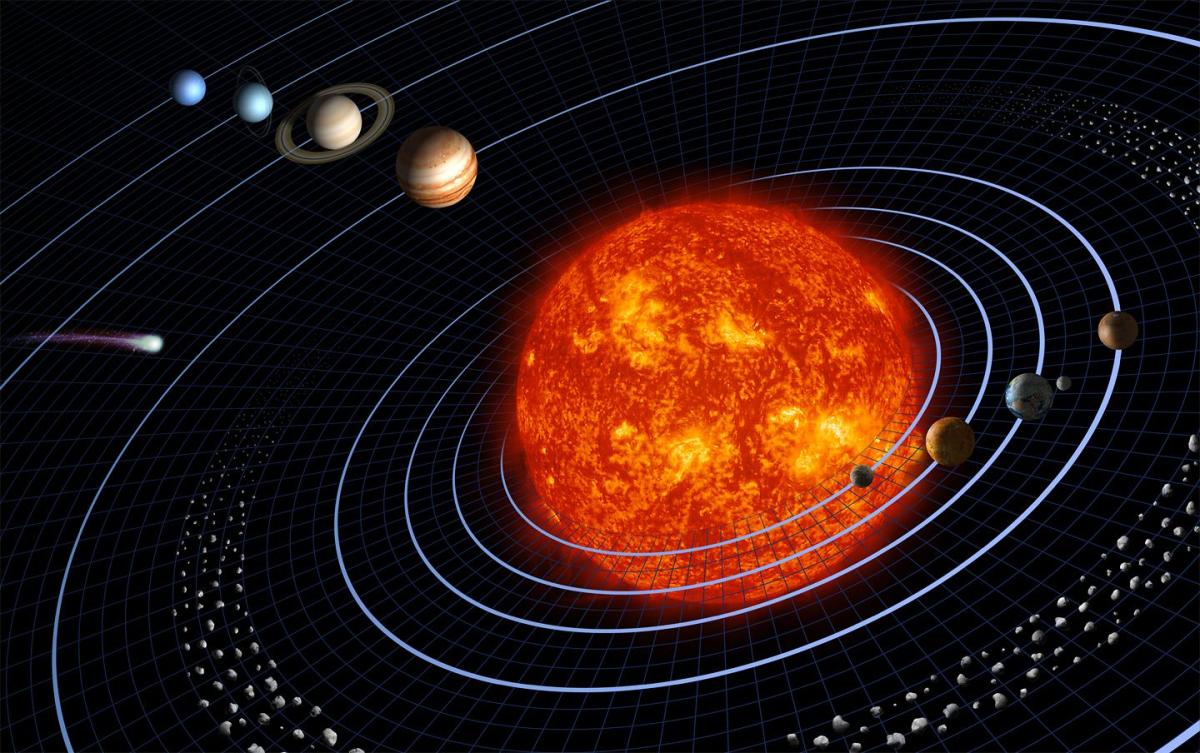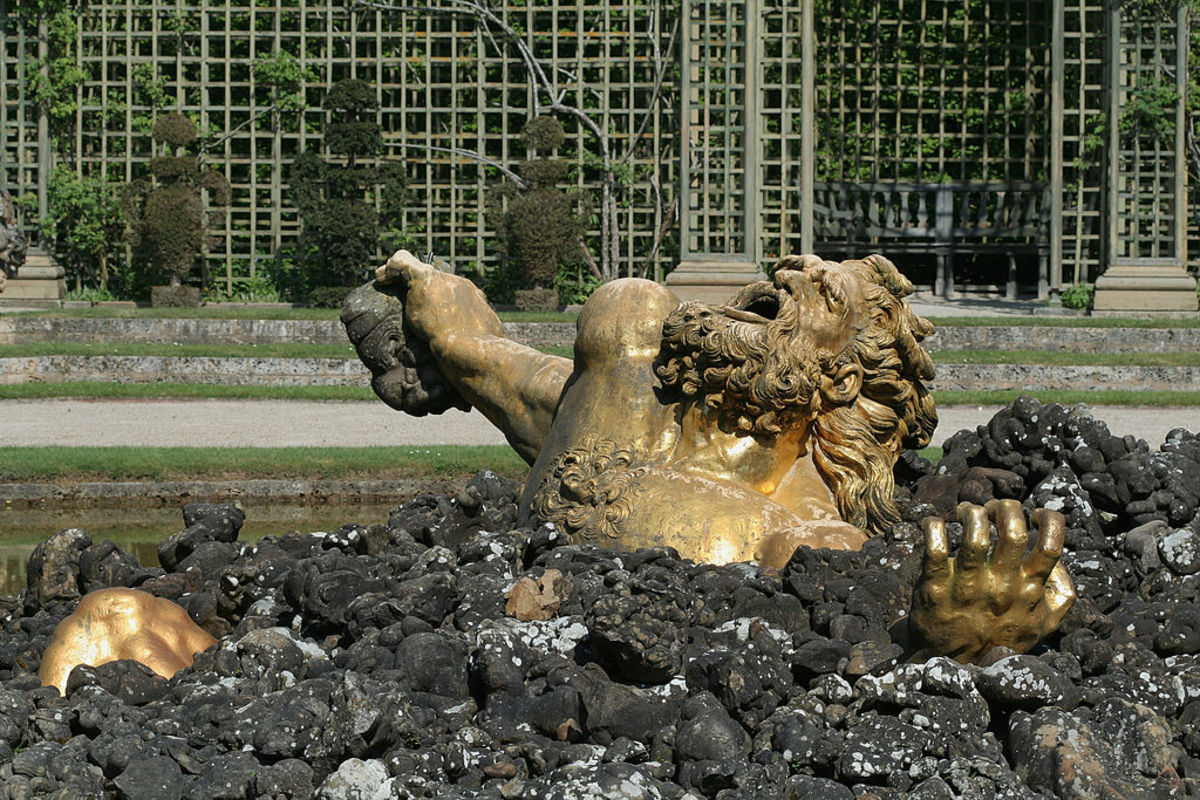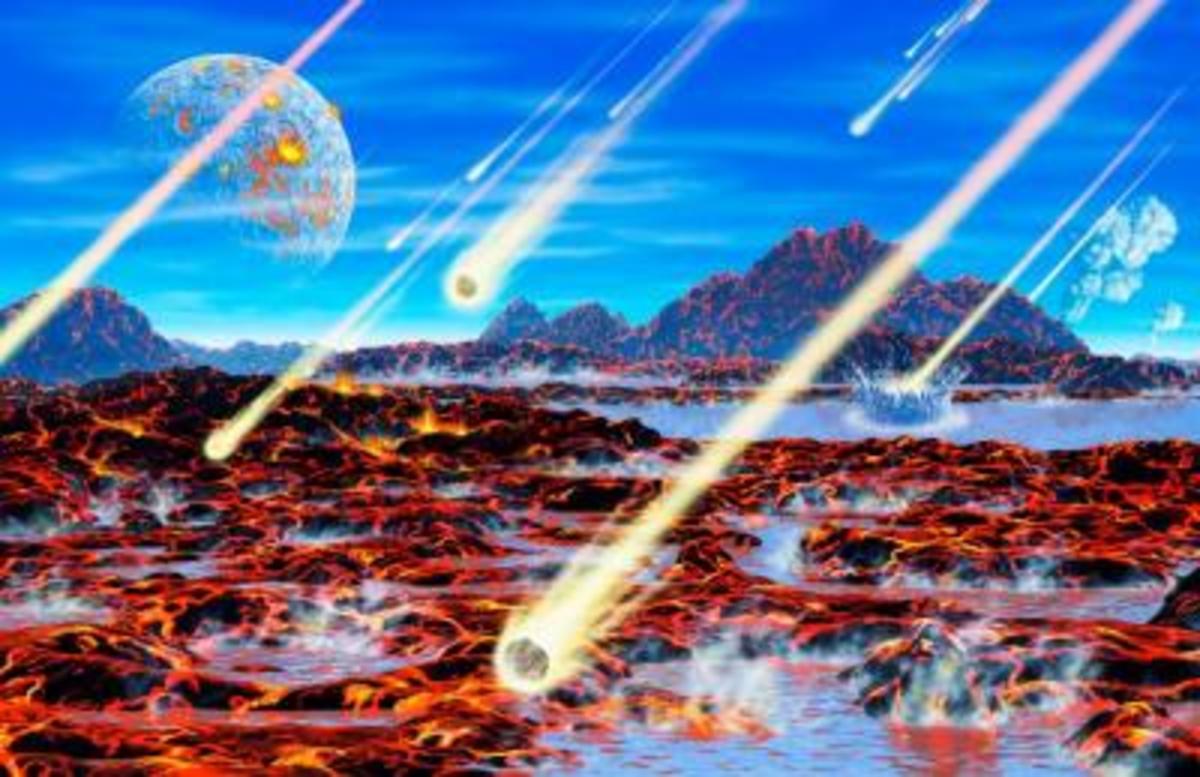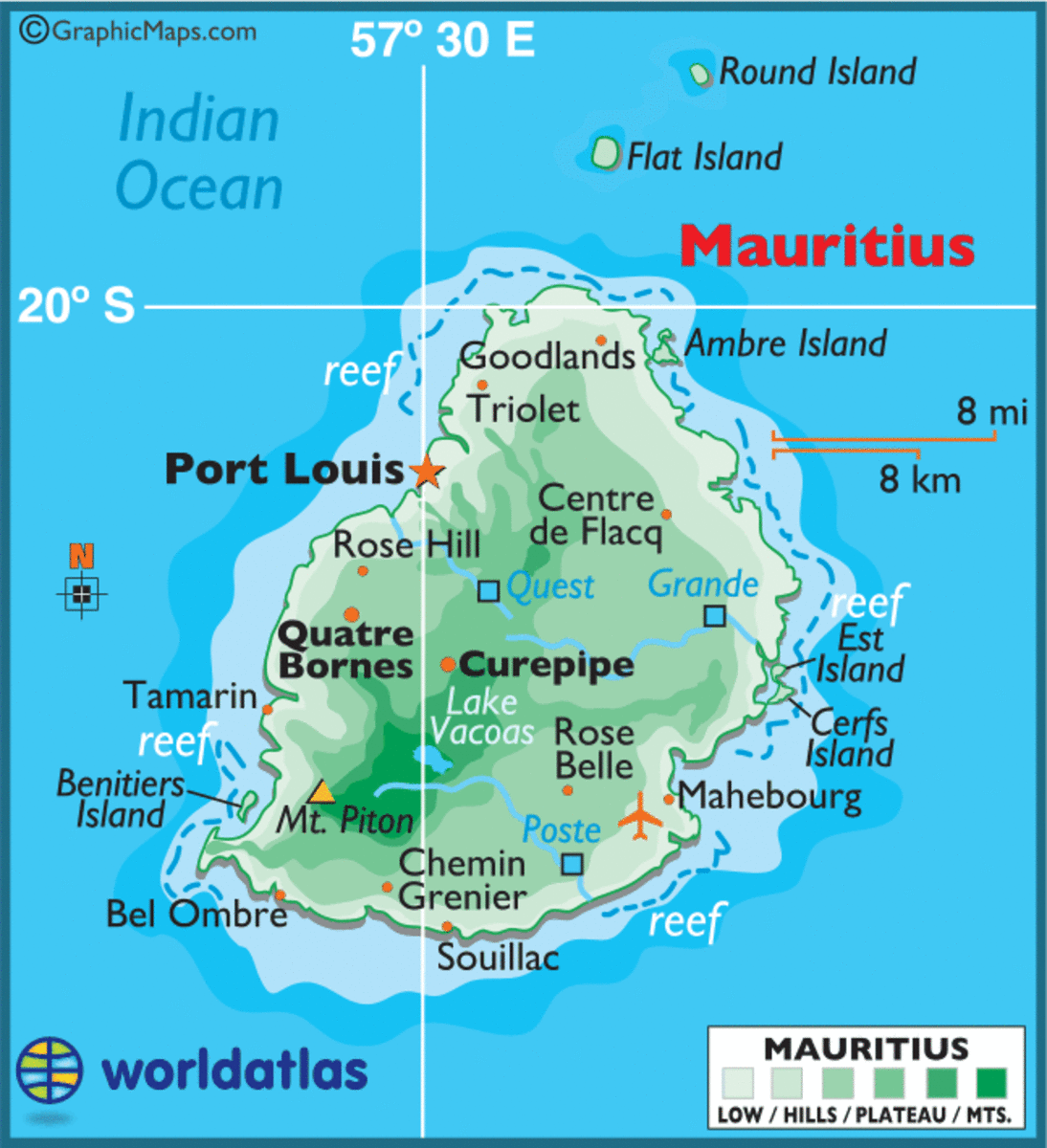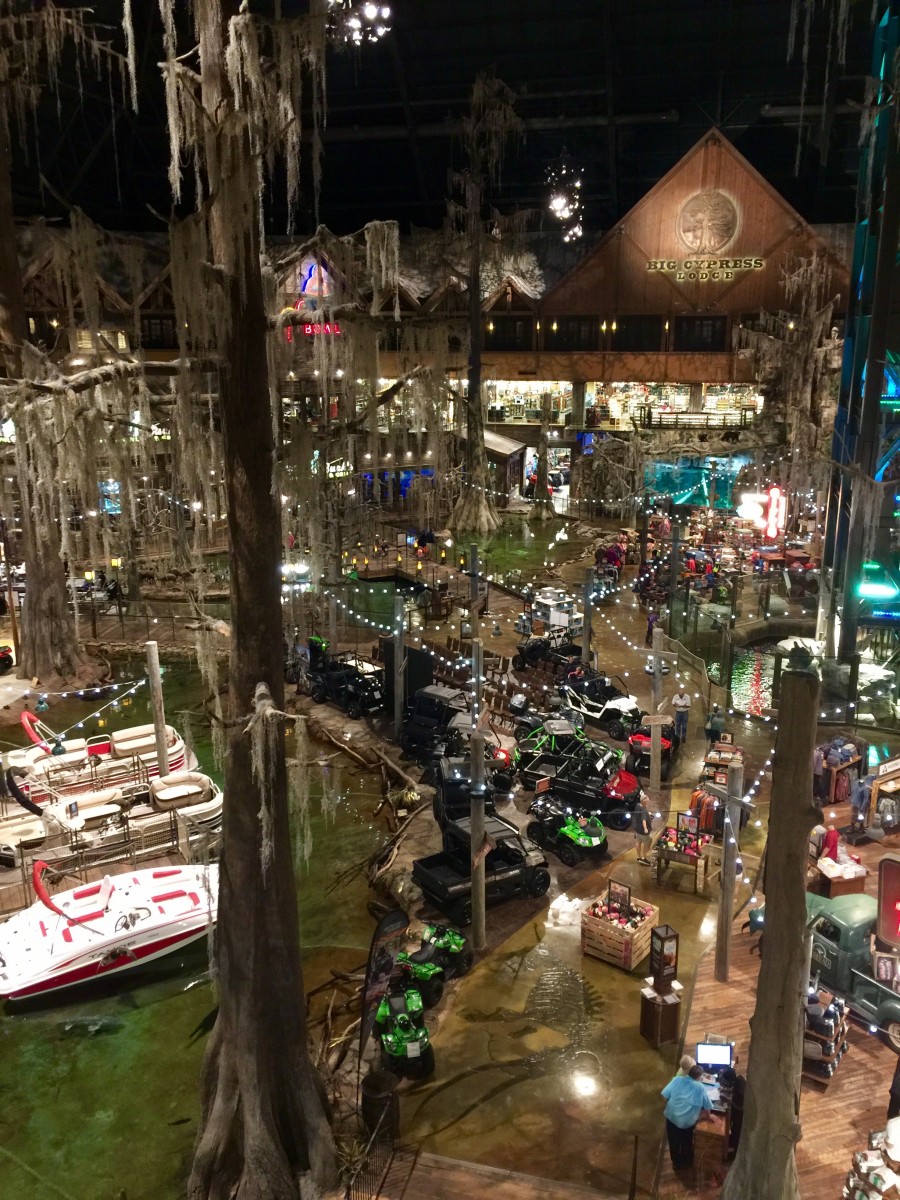5 Places in our Solar System Most Likely to Contain Alien Life
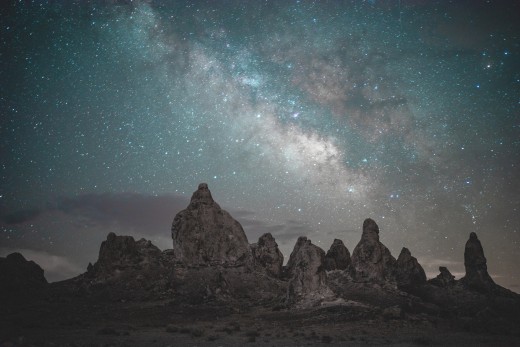
The unresolved question of whether we are alone in the universe has plagued scientists since we first discovered the existence of other planets. We are no closer to answering that question now than we were when Pharaohs still ruled in Egypt, but there are some likely candidates even within our own solar system. Pretty much everyone has at some point heard or read about Martians, but the rocky red world lists pretty low on the list of places life might exist. Here are the 6 most likely places to find alien life flourishing right under our noses.
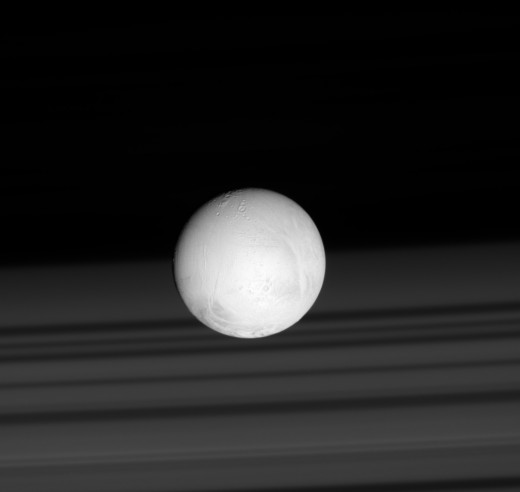
Enceladus
Enceladus is one of Saturn's many moons, an unassuming little rocky globe orbiting the gas giant. But Enceladus is not simply just another ice covered rock as was discovered in 2005 by NASA's Cassini probe. Cassini managed to capture something startling as it flew past Saturn; geysers of frozen water spewing into space, shot out of cracks in Enceladus' southern hemisphere. The presence of liquid water is a huge find. So far as we know, wherever we find liquid water, we find life, and if there is liquid water present on or within Enceladus, this could well indicate that this is a prime location to start the search for extraterrestrial life. Even more exciting, scientists believe that the water on Enceladus could be stored in huge aquifers below the moon's crust, kept warm by the gravitational forces exerted by Saturn and its other many moons.
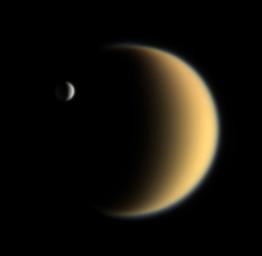
Titan
Another Saturnian moon, Titan is the only object in the solar system known to have liquid lakes on its surface, apart from Earth of course. Never mind that these lakes consist of ethane and methane, constantly refilled by Titan's hydrocarbon rain. Liquid is liquid and it had long been believed that life needs the presence of lakes or oceans in order to form.
Despite the frigid Titanian temperatures, many people believe that this moon could secretly harbor life. Due to the strange mixture of chemicals present, it would have to be life vastly different from what we are used to, but it would be life all the same.
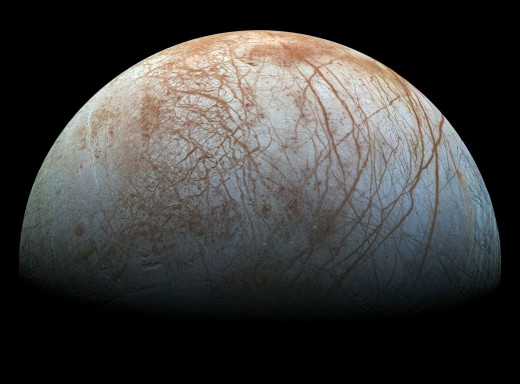
Europa
Europa is another likely candidate for life. One of Jupiter's numerous orbital bodies, this moon is thought to have more liquid water than all the oceans of Earth combined. The problem is that all of this water is locked way beneath a thick, 10 mile crust of diamond hard ice, making the search for life on this icy moon a difficult task indeed for a race that is still in the infancy of space exploration. Another issue is the lack of light that would be able to penetrate Europa's dark and salty seas. This would inhibit any form of photosynthesis from taking place. This is not necessarily a deal breaker though; even on Earth life has found a way to exist without the nourishing rays of the Sun. Deep at the bottom of our own oceans, geothermal vents provide heat and minerals for an astounding variety of life forms; perhaps the same process has occurred within Europa's sunless seas.
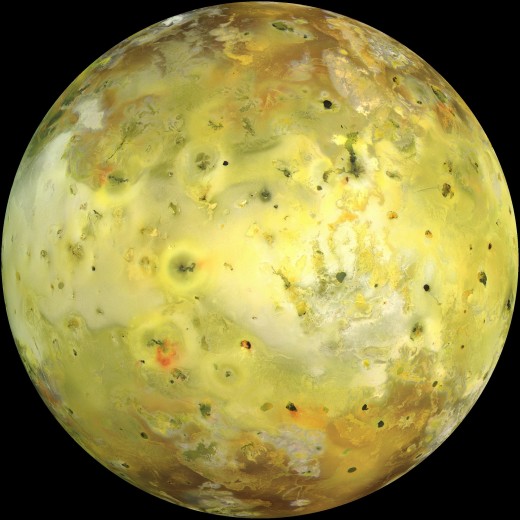
Calista and Ganymede
I have placed these two moons together as I believe they share the same potential for alien life. Like their sister moon Europa, these two moons are believed to have vast, liquid oceans buried beneath their crusts. Unlike Europa though, the oceans on these moons are thought to be buried beneath a staggering 100 kilometers of rock, making the search for life a difficult task indeed. One would have to bore down through miles of uncompromising stone in order to even begin the search. Still, just like Europa, life could have found a foothold here, sustained by complicated geothermal activity as a result of the enormous gravitational pull of Jupiter.
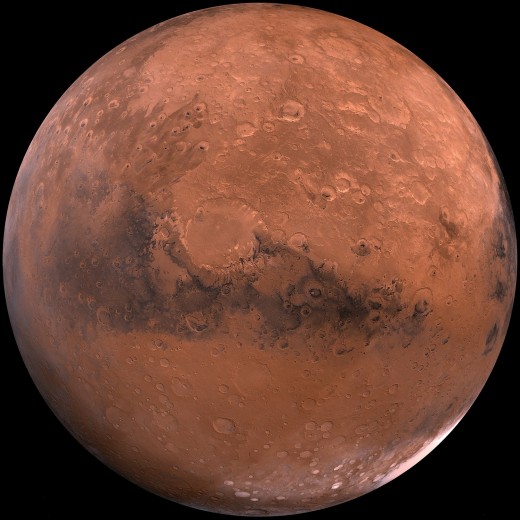
Mars
No list of likely places for alien life would be complete without the mention of Mars. For as long as humans have looked into the sky, the red glint of Mars has captivated our imagination. Known to the Romans and Greeks as their god of war, Mars is our closest neighbor and the planet most explored by humans. Although no life has yet to be found, the presence of what appear to be ancient river beds lends credence to the idea that Mars once had liquid water on its surface in abundance. Even though the surface moisture has long since evaporated, the theory is that water still exists, buried just beneath the crust. Any life that would exist here would have to be the microscopic kind, but any life even microbial life, would be a huge and staggering scientific find.

